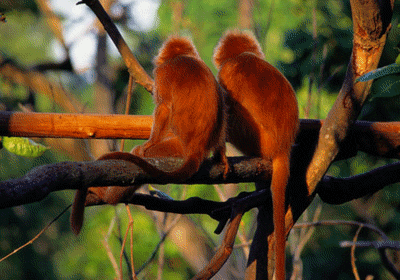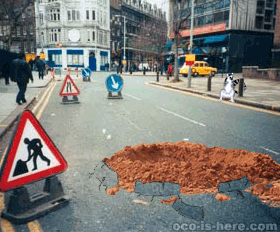Reports Leo Odera Omolo In Rongo Town
An ugly incident occurred in Rongo Town on Tuesday this week in which a suspected cow thief was beaten to death by a mob of angry residents.
As the result of the ugly incident, a large number of meat traders from Nairobi who have invaded the town in recent months fled the area in disarray running for their own dear lives.
It all started at a village called Kasere Winyo, which is located on the main Rongo-Homa-Bay road about six kilometers from Rongo town. One farmer woke up on Sunday morning and found one of his cows missing. He raised the alarm and villagers joined hi in search for the missing animal with no trace.
On Monday night the same cattle rustlers went back to the village and stole another three animals. Meanwhile a resident of Rongo town who is living in a rented house had by Monday sold the cow which went missing last Sunday to the meat traders who are said to have been camping in Rongo town from Nairobi.
But the cow could not be slaughtered on Monday as there were too many animals waiting on the line to be slaughtered. The meat trader who had bought the cow advised the thief to take it back to his house and deliver it the next morning {Tuesday}, which he obliged.
The next morning the unsuspecting thief delivered the animal at the slaughter house early in the morning. One of the residents, who had been made aware about the missing of animals, using his mobile phone called the owner of the cow. By this time, the owner of the animal and other villagers were armed while searching for the three other missing animals. The group rushed to Rongo with their crude weapons ready for a bloody confrontation with the meat traders.
The meat traders and the owner of the slaughter house whose name was given as a Mr Migawo were roughed by he mob, forcing them to show the villager the rented house of the suspect. The suspect had apparently left his house very early in the morning not expecting any trouble, and he walked toward Missadhi on the main-Rongo-Migori Kisii road.
Members of the searching team visited the house and found three other missing animals tie inside a room. They sent for the suspected thief using motor bike taxis. They caught up with him and forced him onto one of the back by tying him to the rider who brought him back. At this time, the mob had already dismantled the house, removed the roof made of iron sheets, windows and doors and were bout to set the house alight, but it was raining heavily.
They frog matched the thief to the Rongo police station half a kilometers away and beat up senselessly. At this time, a huge crowd of onlooker had formed and members of the public joined the fray an the beating of the suspect intensified. They used all sort of crude weapons such as rungus, stones, walking sticks, spears and machetes. By then time the police arrived the man was already unconscious. He was rushed to Migori Hospital where he died.
It was later established than the suspect had moved to Rongo in the recent months and established himself as a cattle dealer, but was only using gents while visiting the surrounding villages by nightfall. Most of the cattle slaughtered at Rongo slaughter house were slaughtered during the darkness.
There has been upsurge of meat traders from Nairobi who transport beef and carcasses of the slaughtered animals all along from Rongo to Butcheries in Nairobi.
The exercises started in the neighboring Migori Town, but after numerous complaints by farmers who have lost their animals including the highly prized graded dairy cows, the police intervened in Migori sending the meat traders packing, but they immediately established contact with cattle thieves around Rongo who are reported to have been selling the stolen animals at throw away prices.
For the last two days Rongo has been without meat. All the butcheries remained closed and so was the privately owned slaughter house {Abattoir}.The government has placed the immediate embargo that anyone wishing to have his animal slaughtered in the town must bring the permit along with the animal which is duly signed by the Assistant Chief and the chief of the location certifying that the animals is his or hers.
Ends
horrifying photo of a man suspected of be a cow thief being beaten up savagely in Rongo town, Migori County in Kenya.The man later died in Hospital after h was taken unconscious by the police who come to his rescue.











